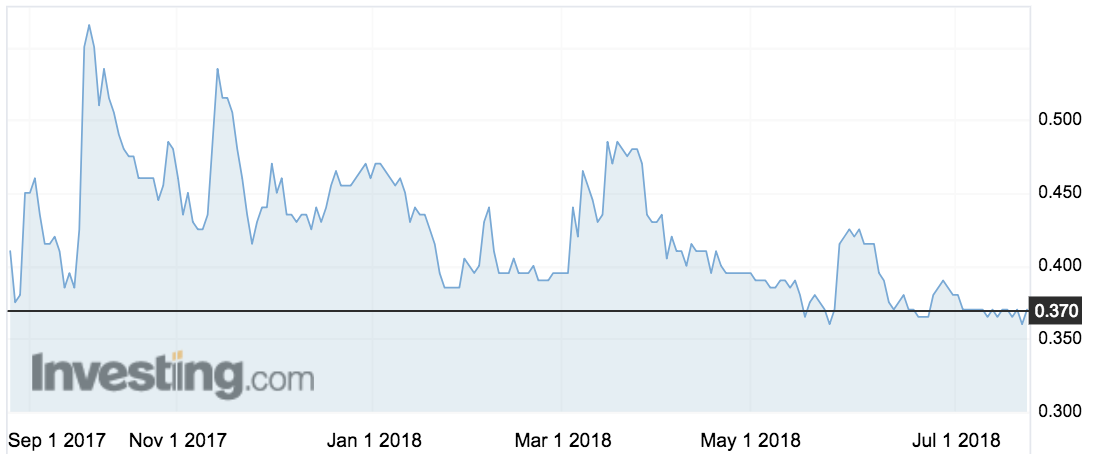You might be interested in
News
Closing Bell: ASX goes missing as new premiums lift health stocks; Bitcoin at US$68k
Mining
Magnis closes in on $320m funding via Singapore-based PEY Capital for Nachu graphite project
ESG
Graphite miner Magnis Resources says it’s building three gigafactories — but its latest test data shows it has a ways to go in battery making.
Magnis is one of the busiest companies on the ASX, with projects ranging from graphite mining in Tanzania to developing battery technology to building factories around the world.
Today the company released lab data from recent tests of making lithium-ion batteries which are in demand from electric cars makers and electronics producers.
The tests showed Magnis’s silicon-enhanced graphite anode — the negatively charged part of a lithium ion battery — performed at 98 per cent energy capacity for up to 35 charging cycles.
Practically, a car needs a battery to last 1000 cycles. Commercial batteries are generally tested to handle thousands of cycles, so a 35 cycle test is only useful as a very early indication of what a part may be able to do in the lab.
(A charge cycle is the equivalent of fully charging and discharging a battery — though that may happen over several days.)
Magnis investment relations director Travis Peluso told Stockhead they released the early data from their Binghamton University partners because they have been giving it to a number of interested parties, and felt it should also be available to ASX investors.
He retrieved a late night explainer from the New York scientists who said the anode manufacturers they’ve been sharing the data with are “very excited” about the higher energy density of a graphite and composite silicon blend.
“The achievement of a high performance natural graphite and composite silicon anode delivering first cycle charge capacity at 623 mAh/g with over 89 per cent first cycle efficiency is truly ground breaking anode/battery technology. Typically 350 mAh/g with over 70 per cent first cycle efficiency would be considered a fantastic result,” they said.
“Significantly more energy delivered for an equivalent cost, is something many OEM’s are very excited about.”
Magnis says it’s sending samples of the silicon-graphite anode blend to commercial anode suppliers in the US and Europe.
However, Magnis and its partner C4V, which developed the battery IP, do have a cathode which they say will be ready for mass production soon.
There is little information available about the makeup of C4V’s cathode or its specs.
The cathode doesn’t use cobalt or nickel and the first generation version is the one they hope to soon have ready for production. With the second generation version they are trying to achieve a higher energy density; it’s still under development.
Cobalt is used in batteries because it stabilises them, while Nickel is used because it makes them more powerful and last longer.
Magnis shares were 37c on Friday.
